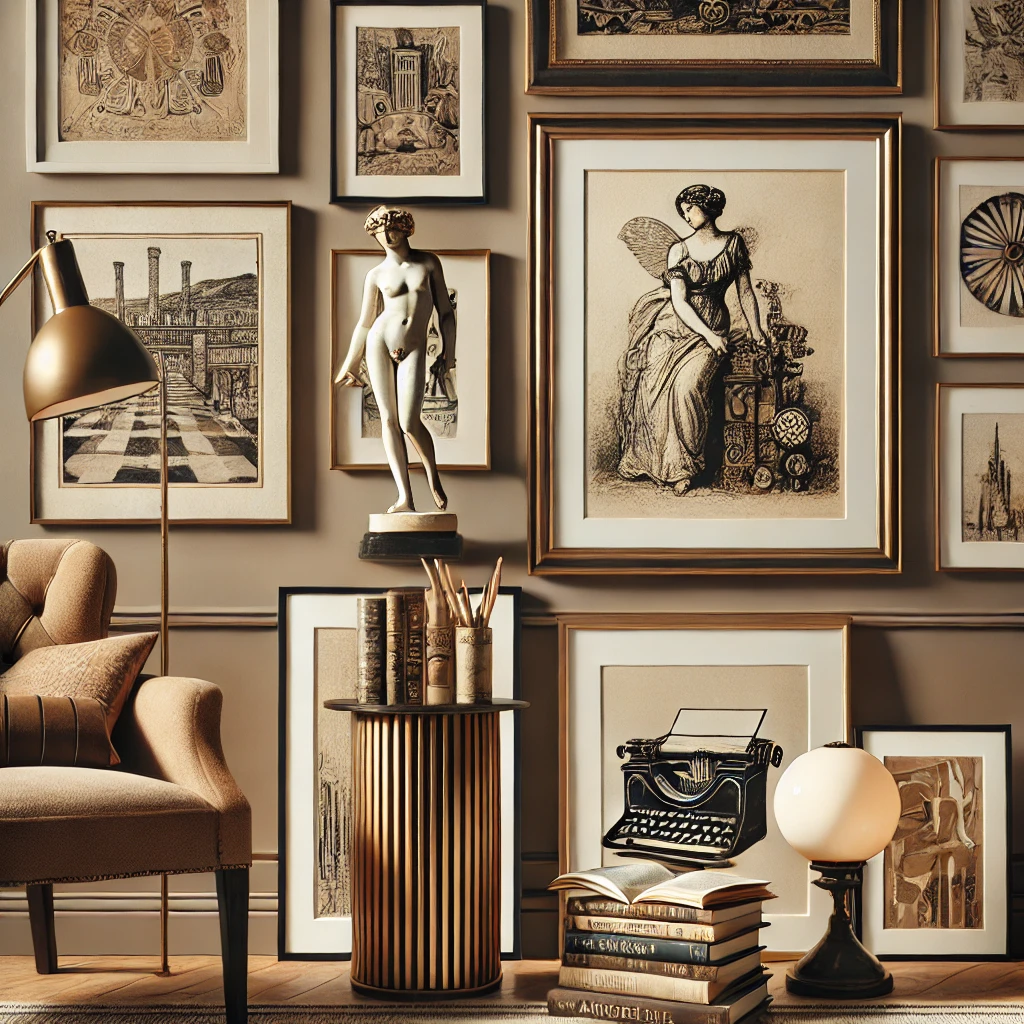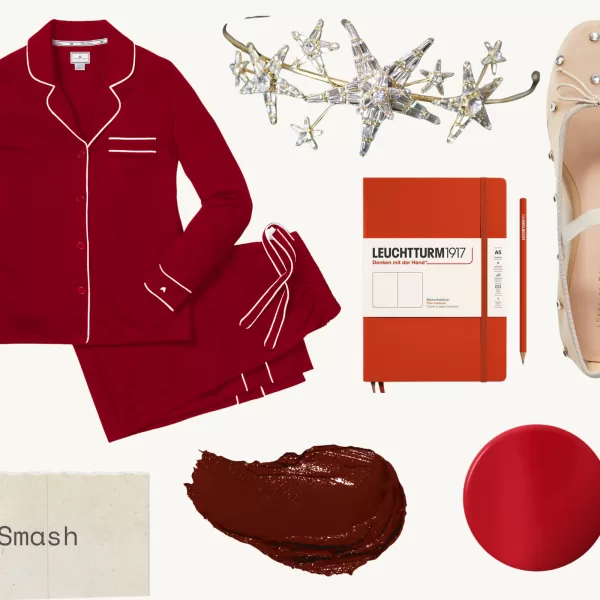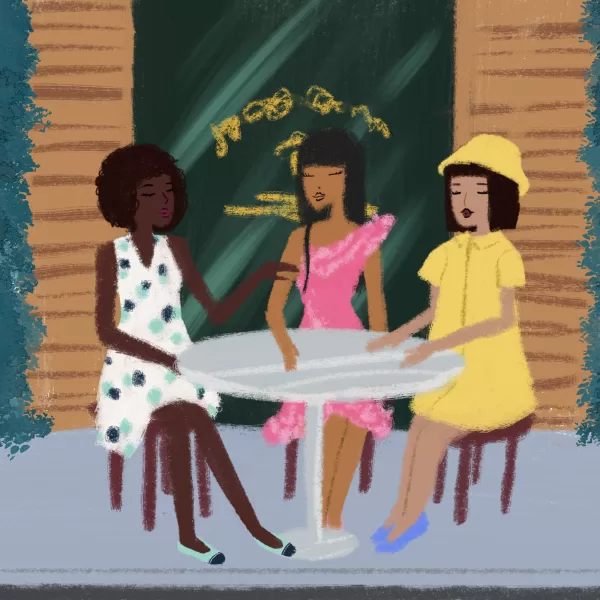Owning art isn’t just for museums and collectors curating a personal arts collection is a way to surround yourself with inspiration, support artists, and cultivate a space that reflects your creativity. And the best part? You don’t need a massive budget to start. Take a look at our Art Prints here. Whether you’re looking for original works, prints, or vintage finds, here’s how to build an arts collection that feels personal, meaningful, and attainable.
1. Define Your Artistic Taste & Vision
Before you start collecting, take time to understand what speaks to you.
- Explore different art styles. Do you love abstract, impressionism, modern, surrealism, or photography?
- Follow your emotions. What kind of art makes you pause, think, or feel something?
- Consider themes. Nature, movement, storytelling, bold colors, soft pastels what resonates with you?
- Look beyond famous artists. Emerging and local artists often offer fresh, affordable pieces.
Try this: Start a Pinterest board or save images of artworks that inspire you. Look for patterns in what you’re drawn to.
2. Start Small With Prints & Digital Art
If original works feel out of reach, start with high-quality prints or digital downloads.
- Buy limited-edition prints from independent artists it’s a great way to own art without the high price tag.
- Explore digital downloads. Many artists sell downloadable files you can print yourself at a fraction of the cost.
- Look for art postcards or small-scale works. Tiny pieces can be just as impactful when thoughtfully framed.
- Check museum gift shops. They often have prints of famous works at accessible prices.
Try this: Purchase a print from an independent artist on Etsy or directly from their website to support their work.
3. Seek Out Emerging & Local Artists
Supporting artists at the beginning of their careers can be both meaningful and budget friendly.
- Visit art school exhibitions. Students often sell their work at reasonable prices.
- Explore local art fairs, open studios, and community galleries. Meeting artists in person builds a personal connection to your collection.
- Follow independent artists on Instagram & TikTok. Many offer exclusive sales or first access to new work.
- Commission a small custom piece. Many artists are open to creating works at a range of price points.
Try this: Attend a local art fair and buy directly from an artist whose work speaks to you.
4. Thrift, Vintage Hunt & Explore Auctions
You can find unique and original artwork by exploring secondhand and vintage sources.
- Visit thrift stores and flea markets. Many old paintings and prints end up here at low prices.
- Check estate sales. Sometimes, you’ll find hidden gems in private collections.
- Explore online auction sites. Platforms like eBay, LiveAuctioneers, or local auction houses can have affordable finds.
- Look for architectural salvage and repurposed art. Old doors, wood panels, or vintage fabrics can be artistic statement pieces.
Try this: Spend a Saturday browsing local thrift stores and see what unexpected art you can discover.
5. Frame & Display Thoughtfully
Presentation makes all the difference, even for budget friendly pieces.
- Invest in good frames. A well framed print can feel as special as an original.
- Mix high and low. Pair an expensive piece with a thrifted one to create contrast.
- Play with arrangements. A gallery wall of small works can have the same impact as one large piece.
- Rotate your collection. Swap out pieces seasonally to keep your space feeling fresh.
Try this: Take an existing piece you love and reframe it to elevate its presence in your space.
6. Collect Art With a Story
A personal arts collection isn’t just about aesthetics it’s about meaning.
- Choose works that remind you of a moment or feeling. Travel art, pieces from milestone events, or works that reflect personal growth.
- Collect art from places you visit. A small piece from a trip can be a more meaningful souvenir than a mass-produced item.
- Support artists whose work aligns with your values. Look for artists from diverse backgrounds or themes that resonate with you.
- Consider handwritten letters, sheet music, or personal sketches as part of your collection. Art is everywhere.
Try this: Pick one piece in your collection and write down why it matters to you what story does it tell?
7. Make Collecting an Ongoing Journey
An art collection is something that evolves over time.
- Set a budget for collecting. Even $10 a month can go toward building a thoughtful collection.
- Let go of perfection. Your collection doesn’t have to match it should reflect your personality.
- Trade with other collectors. If you have creative friends, consider swapping pieces to refresh your space.
- Keep an inspiration list. Have a running list of artists or pieces you’d love to own one day.
Try this: Set a goal to add one meaningful piece to your collection each year something that truly speaks to you.
Building an art collection isn’t about how much you spend it’s about surrounding yourself with work that inspires you. What’s the first piece you’ll add to your collection?
You don’t need a plan just curiosity. The Art of Wonder is a self-paced 4-week course to help you slow down, notice more, and reawaken your creative gaze. HERE!



